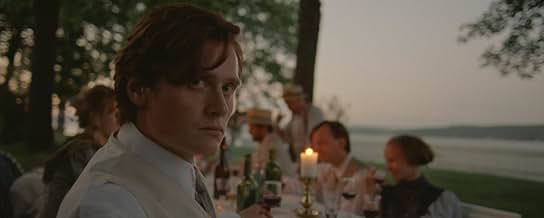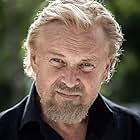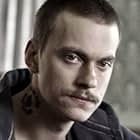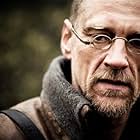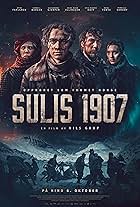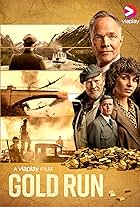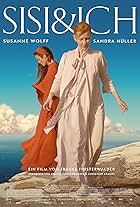Rejected by the art establishment, wracked with grief over the loss of his older sister and tortured by addiction, the film captures Edvard Munch's life, one of the world's greatest artists ... Read allRejected by the art establishment, wracked with grief over the loss of his older sister and tortured by addiction, the film captures Edvard Munch's life, one of the world's greatest artists of all time.Rejected by the art establishment, wracked with grief over the loss of his older sister and tortured by addiction, the film captures Edvard Munch's life, one of the world's greatest artists of all time.
- Awards
- 3 nominations
- Tante Karen
- (as Gjertrud Jynge)
- Herman
- (as Fredrik Stenberg D-S)
- Bartender
- (as Regula Steiner-Tomic)
Storyline
Did you know
- TriviaThe director Henrik Martin Dahlsbakken came up with the idea of the film during a sunny vacation discussing what famous Norwegians they would like to know more about.
- Quotes
Rolf Stenersen: Once he was commissioned to paint the daughter of a shipowner. The shipowner didn't like the result. "She looks horrible!" he said. Munch replied: "Yes, she's ugly and horrible. But isn't the painting marvelous?"
We are dealing with four different episodes from different periods of the painter's life. The first (chronologically) tells the story of the painter's falling in love with Milly Thaulow, a married woman with whom Munch had an affair and who did not share his feelings. This disappointment marked his love life and his attitude towards women. The second episode takes place in Berlin, where Munch spent several years in the artistic circles that would give birth to the Blaue Reiter group and German Expressionism, having as a friend, among others, the Swedish writer and playwright August Strinberg. In the third episode we see the artist in one of the difficult moments of his life, hospitalized in a clinic and treated for alcoholism. Finally, the final episode recounts the last years of his life, when Munch, famous but alone, organizes the transfer of his legacy composed of thousands of paintings and other works to the Norwegian state, but especially their protection from the German occupiers. Each episode is made in a different cinematic style, and the role of Munch is played by four different actors. The narratives are interspersed.
Edvard Munch was a revolutionary artist who did not follow the beaten path and who experimented throughout his artistic career. I don't think that he would have disliked an experimental film like this. I also appreciate experiments in cinema, when they succeed to create emotion, communicate new information and provide new perspectives, or when they are formally interesting. In 'Munch' not everything I saw on the screen made sense to me. The inspiration for this kind of biopic is 'I'm Not There' - Todd Haynes' 2007 movie about Bob Dylan. I didn't like all the seven episodes there, and I didn't like all the four episodes here either. The first and the last, seen sequentially, would look like mini docu-dramas, quite close to classic biographies. The second one, the Berlin episode, confused me the most. Bringing Munch into contemporaneity seems to say that the problems of the artists creating in an art metropolis, as Berlin was then and is now, are perennial. But why does Strinberg have to be played by a woman with a pencil-thin mustache? I understand, I think, the problem, but I cannot link it to Edvard Munch. An actress also plays the old Munch in the fourth episode, but there the counter-casting seems more appropriate there. The most successful episode seemed to me to be the third, the one of his time in the clinic, filmed in black and white, austerely acted. It is from this kind of environment that the artist Munch emerged and this may have been the suffering that shaped his destiny and his art. It is the only one of the episodes where the muted Scream is being heard.
- How long is Munch?Powered by Alexa
Details
Box office
- Budget
- NOK 17,000,000 (estimated)
- Gross worldwide
- $770,246
- Runtime1 hour 44 minutes
- Color
Contribute to this page




